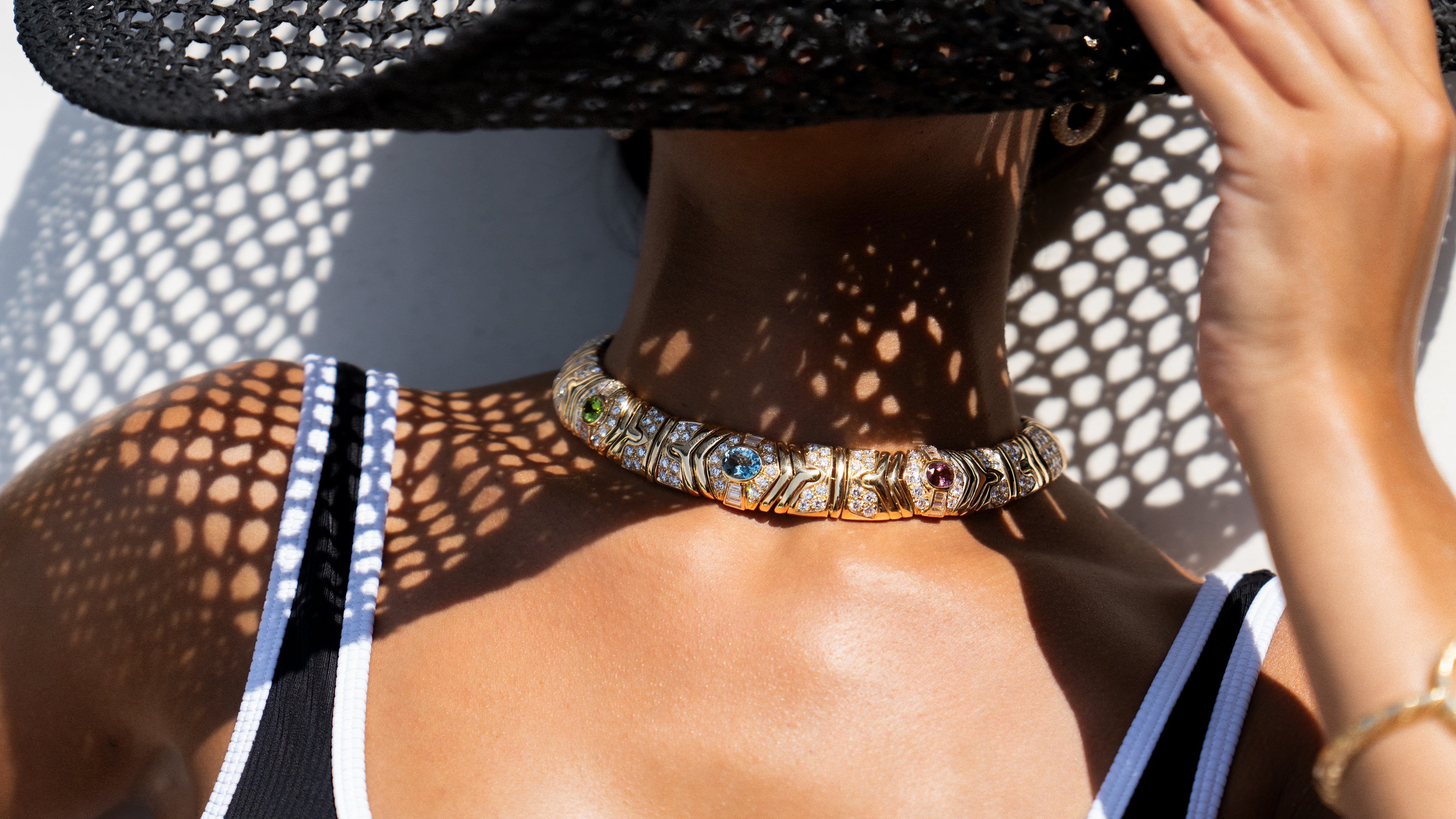A Family-Owned Business Influenced by Tiffany & Co.
Some jewelers find a niche by reviving bygone techniques and utilizing precious materials that other designers have long forgotten. Such is the case with Marcus & Co., which was founded by Herman Marcus and his two sons, William and George.

Born in Germany, Herman Marcus was trained as a jeweler while working under court jewelers in Dresden. There he became familiar with European design trends and influences. Eventually, Marcus immigrated to New York City in 1850. Due to his skill, he quickly found work with Tiffany & Co and then Ball, Black & Company - a staunch rival of Tiffany’s.
In 1864 Marcus branched out and started the firm of Starr and Marcus with Theodore Starr. The company lasted until 1877, and Marcus once again went back to work with Tiffany & Co. and was sent to represent Tiffany at the Exposition Universelle in Paris in 1878.
Marcus continued with Tiffany’s until 1884 when he left to begin yet another partnership, this time with George B. Jacques. Jacques retired in 1892, and it was then that Marcus started the firm of Marcus & Co. with his two sons.
The trio set themselves apart by using colorful gemstones that had been long forgotten about by other artisans, who were concentrating on incorporating diamonds into modern designs. Because of their desire to spotlight these little-used gems, Marcus & Co. published a book about forgotten stones, such as zircon, beryl, tourmaline, opal, garnet, and peridot. Marcus & Co. also worked with famed miniature portraitist Fernand Paillet to design a stunning pendant.
The earmarks of Marcus & Co. were pieces reminiscent of the Revivalist style, Renaissance revival pieces, Mugal styling, and Egyptian inspired pieces. Their designs had impeccable gemstone color-matching, and they also did skilled enamel work. Their use of innovative techniques produced pieces that revealed more intricacies beyond the first glance.

Herman Marcus died in 1899, and after their father’s death, William and George moved the shop to a different location and also opened a shop for silversmithing. The pieces were often stamped “MARCUS & CO.” and either “STERLING” or with the numbers 925 or 1000 to denote the silver content.

The sons continued to produce spectacular and skilled enamel work in the Art Noveau style, and their enameled designs were organic and often featured flowers, such as the orchid. They also mixed precious and semi-precious stones with the enameling.

William Marcus retired in 1920 and remained the board president until he passed in 1925. His sons, William Jr. and Chapin, took over the Marcus & Co. brand, and although it survived the depression, the company was sold in 1941 to Gimble Brothers and eventually merged with Black, Starr, and Frost in 1962.
Although the merger effectively ended the production of Marcus & Co. pieces, they remain popular with vintage collectors today. Jewelry by the company continues to frequent auction houses, such as Sotheby’s and Christie’s. Herman Marcus’s original vision of designing beautifully crafted pieces with a modern feel has proven to have staying power that transcends generations.
Shop Our Entire Marcus & Co. Collection

